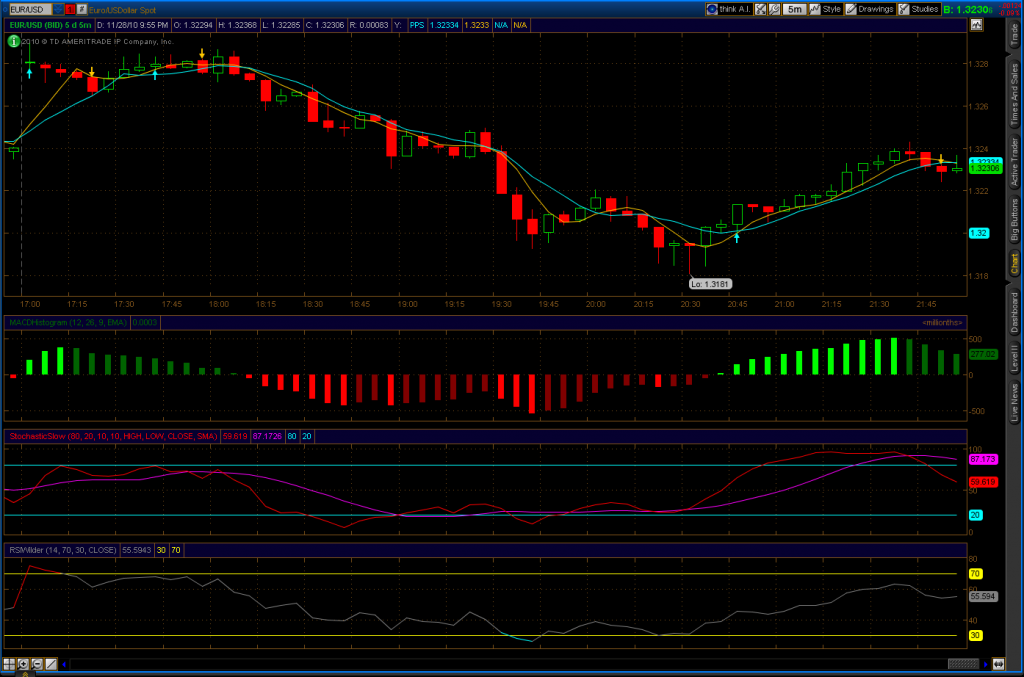China Integrated Energy appears to be on a decline. The chart shows several technical reasons to be bearish.
- The stock is making lower highs and lower lows.
- Persons Proprietary Signal has given us a sell indicator along with an impending crossover
- MACD is also showing lower highs and lower lows. It is about to crossover.
- StochasticSlow has lower highs and lower lows. It is about to crossover.
- RSI Wilder has lower highs and lower lows. The past two days are declining.
- MoneyFlow has lower highs and lower lows. The past 3 days are declining. This means money is continuing to move out of this stock.
The Linear Regression Channel shows a mean price of 7.87 and a top/bottom of 11.20/4.54. The channel is also down trending. Prices should gravitate toward the mean of the channel. Close to the outer edges means the stock is very expensive or very cheap in relation to the mean.
CBEH doesn’t appear to be available for short selling. One approach is to use options. While it is possible to go buy a FEB 7.50 put the cost of the put can be lowered by selling a Feb 5.00 put against it. This may be a reasonable strategy since the lower regression line is at 4.54. The strategy allows flexibility for legging out of the trade by selling the long FEB 7.50 and holding the FEB 5.00. There is also an opportunity to sell the FEB 7.50 and accept assignment for 5.00/share with the short put if it is barely ITM. There does appear to be some support around the 6.05 low, so getting an options assignment may not be an issue.
Copy & Paste into Think or Swim: BUY +5 VERTICAL CBEH 100 FEB 11 7.5/5 PUT @.60 LMT
Break Even Stock Price: 6.90
Max Profit: 950
Max Loss: 300
Long term CBEH might be a worthwhile stock to hold. The balance sheet shows increasing total assets and decreasing liabilities. The income statement also shows an increase in Total Net Income and EPS. The complete 2009 Annual Report will have even more information to research. At 4.54 this could be worth getting into for a few weeks or months.





















